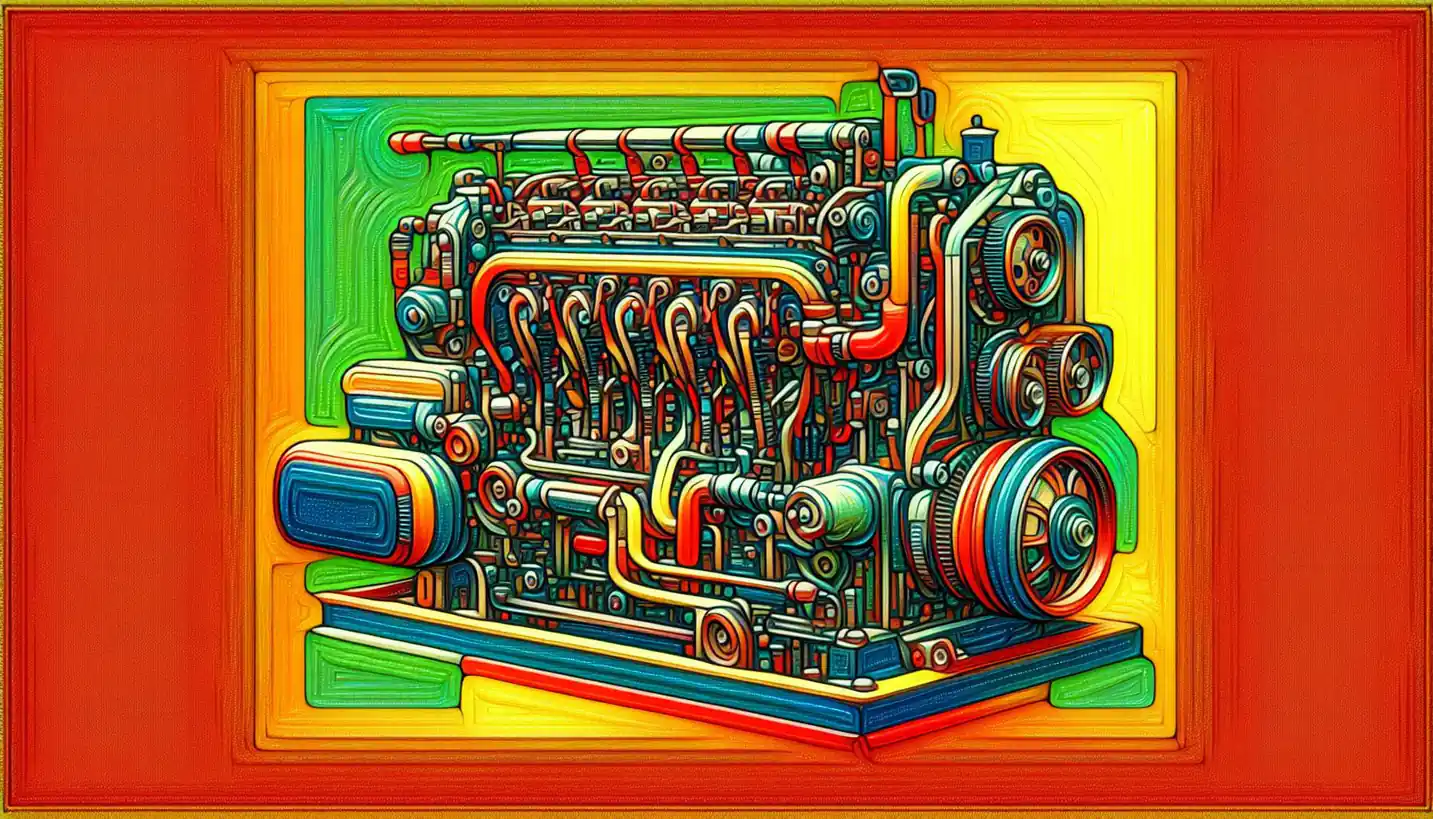· Engineering · 5 min read
Torque: The Driving Force Behind Automotive Engineering Wonders
Torque is the force that moves cars forward, driving automotive marvels. Discover how it influences speed and performance in modern engineering.

When people talk about cars, one term that often comes up is “torque.” But what exactly is this mysterious force that car enthusiasts rave about, and why is it so crucial in automotive engineering?
At its core, torque is all about the twisting force that helps your car move. Imagine you’re using a wrench to turn a bolt. The force you apply to the wrench handle is similar to torque. In cars, the engine produces this twisting power, transferring it to the wheels, propelling the vehicle forward.
Understanding Torque in Simple Terms
Think of torque as the muscle of your car. Just like how a strong person can move heavy objects with ease, a vehicle with higher torque can accelerate faster and pull heavier loads. It’s a force that gets things turning, literally.
You know how difficult it can be to open a tightly sealed jar? The more effort you apply around the lid, the easier it is to twist open. Similarly, in a car, torque is what’s needed to overcome resistance and get the vehicle moving, whether that means starting from a standstill or climbing a steep hill.
Why Torque Matters in Cars
Torque plays a significant role in how a vehicle performs. When you press the gas pedal, you’re essentially demanding torque from the engine. This force is crucial when it comes to acceleration. Have you ever wondered why some cars can zoom past others effortlessly at a green light? That’s the magic of high torque at work.
For those who love off-roading or towing trailers, torque is even more important. It provides the necessary power to navigate tough terrains or haul heavy loads without straining the engine. In these situations, torque becomes the hero of the day, ensuring the vehicle remains capable and powerful.
The Science Behind Torque
To understand how torque works in cars, let’s dive a bit into the physics. Torque is the product of force and the distance from the pivot point (often the center of rotation). In an engine, this works through a combination of pistons and crankshaft. The energy generated from burning fuel moves the pistons, which in turn rotates the crankshaft, creating torque.
In simpler terms, picture a merry-go-round. Pushing it closer to the center requires more effort compared to pushing it from the edge. This principle applies to engines: the farther out the force is applied, the greater the torque.
Torque vs. Horsepower
Often, people confuse torque with horsepower, believing they’re interchangeable, but they play different roles. While torque measures the rotational force, horsepower refers to how quickly this work is done. Imagine torque as the strength of your punch and horsepower as how quickly you can throw punches.
For a family sedan, you might favor a balance between torque and horsepower for smooth city driving. However, for sports cars and trucks, maybe one with more torque delivers rapid acceleration or significant towing capacity.
Torque in Different Types of Cars
Sports Cars: These vehicles prioritize both horsepower and torque to ensure they can accelerate swiftly and maintain high speeds, making that drive along a winding road exhilarating.
Trucks and SUVs: In vehicles designed for heavy-duty tasks or off-road adventures, torque is more vital. It allows them to tow trailers, climb steep inclines, and tackle rough terrains with confidence.
Electric Cars: Interestingly, electric cars produce maximum torque instantly. This means they can accelerate quickly from a standstill, sometimes faster than their gasoline counterparts, thanks to electric motors.
The Evolution of Torque in Automotive Engineering
The quest for higher torque has seen remarkable advances in automotive engineering. Modern engines come equipped with turbochargers and superchargers, which help increase the power output by forcing more air into the combustion chamber. More air means more fuel can be burned, resulting in more torque.
Manufacturers continuously innovate to create engines that are not only more powerful but also more efficient. Today’s cars can achieve the same torque levels as their predecessors with smaller, lighter engines, making them more fuel-efficient and environmentally friendly.
How to Measure Torque
Torque is typically measured in pound-feet (lb-ft) or Newton-meters (Nm), depending on where you are in the world. These measurements indicate how much force can be applied. In everyday terms, if a car has 300 lb-ft of torque, it can apply 300 pounds of force over a one-foot distance to the drive shaft.
The Future of Torque in Cars
As car technology evolves, so does the importance of torque. The rise of electric and hybrid vehicles changes the landscape, where instant torque from electric motors will play a significant role. We’re moving toward a future where engines are not just about raw power but also how efficiently that power is delivered.
Engineers are also exploring ways to maximize torque in smaller engines and alternative fuel vehicles, reflecting a broader industry shift towards sustainability.
Conclusion
Torque might seem like a simple concept, but it’s at the heart of what makes cars move, accelerate, and perform astonishing feats. It’s the twisting force that powers not just our vehicles but our imaginations—driving innovations and reshaping what’s possible in the world of automotive engineering. Whether you’re a seasoned car enthusiast or someone just learning about engines, understanding torque opens a window to appreciating the marvel and complexity of the vehicles we depend on every day.

